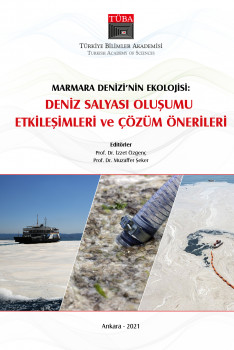Viewing The Sea Surface With Remote Sensing Methods

Viewing The Sea Surface With Remote Sensing Methods
25% of the carbon dioxide, which has natural and anthropogenic sources and has a greenhouse effect in the atmosphere, dissolves in the seas and oceans. The most important sources of oxygen to the atmosphere are the oceans. Keeping the seas healthy is important for the atmosphere to be healthy as well. The oceans, which are the lungs of the world, are adversely affected by global climate change as well as other natural and anthropogenic activities. Continuous monitoring of all seas, covering more than 70% of the world, is not feasible with in-situ measurements. Remote sensing, also called ground observation, refers to obtaining information on objects or areas on the Earth’s surface without making direct contact. Satellite remote sensing methods are generally used for observing large areas. Water pollution occurs when large amounts of foreign and harmful substances that cannot be removed through natural cleaning mechanisms are introduced into the water. Wherever settlements develop near rivers, lakes and coasts, leaks from waste disposal areas can be assumed to occur. Along water fronts and waterways, sources of litter, sewage and other human activity are transported locally to the marine environment, again causing the growth of algae and aquatic macrophytes locally. This growth, caused by eutrophication, both reduces the amount of oxygen and damages the entire ecosystem in the long term, with its other effects. Quality of lakes, rivers, coastal waters, inland and shallow seas and basins has a direct impact on ecological situation, recreational activities and global economic services along with the environmental impact. With regard to the seas, which are of great importance both environmentally and economically,this study deals with the observation of mucilage, especially using satellite optical sensors, which emerged as an environmental problem due to pollution and water quality in the Marmara Sea in 2021. In the study, it is also recommended to monitor the water quality with continuous observations and to develop an early warning system for environmental disasters, by supporting the satellite data with insitu measurements.
